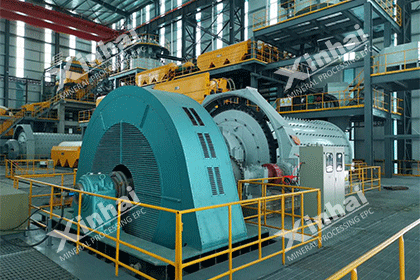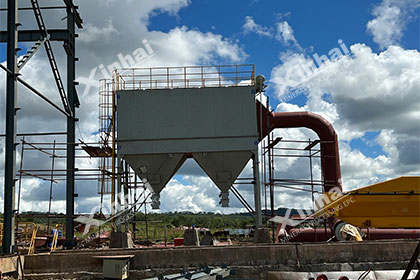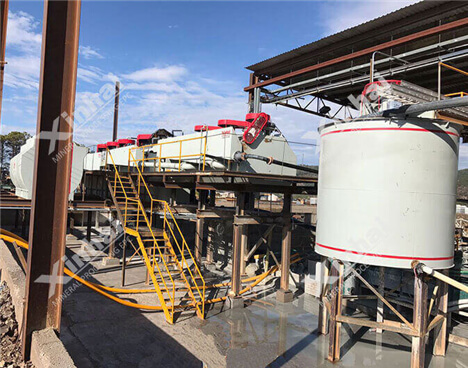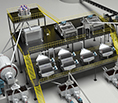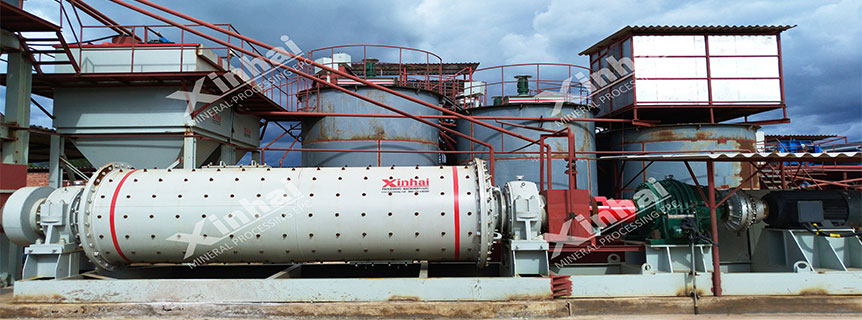
ball-mill-in-gold-mining-in-Zinbabwe
In gold mining, efficient ore grinding directly determines recovery rates and overall profitability. Among all the equipment used in gold processing plants, the ball mill plays a critical role. This article provides an in-depth look at how ball mills work in gold mining, the types available, their advantages, and how to select the right one for your processing plant.
01What Is a Ball Mill?
BackA ball mill is a rotating cylinder filled with steel balls or other grinding media. As the cylinder rotates, the ore and the grinding media collide, breaking the ore down into finer particles. In gold mining, this step is crucial to liberate gold particles from surrounding minerals, ensuring maximum recovery in downstream processing.
Main Components
Feeding part – for feeding gold ore into the mill.
Rotating part – the cylinder where grinding takes place.
Discharging part – for removing ground material.
Transmission system – including motor, reducer, and gears.
02Working Principle of a Gold Mining Ball Mill
BackThe principle behind the ball mill is simple yet effective. When the mill rotates, friction between the balls and the inner wall lifts the balls to a certain height. As gravity pulls them down, they strike the ore, crushing it. Over continuous operation, the ore becomes fine enough for subsequent processing.
Grinding Media
Steel balls are the most common media, offering durability and high impact force.
Ceramic balls are sometimes used when contamination must be minimized.
Forged or cast balls vary depending on hardness and ore type.
03Types of Ball Mills Used in Gold Mining
BackDifferent gold ores require different milling solutions. There are several types of ball mills commonly used in gold plants:
1. Grid Type Ball Mill
Features a grid plate at the discharge end to filter out fine particles.
Ideal for coarse grinding and wet processing.
Commonly used in gravity or flotation gold plants.
2. Overflow Type Ball Mill
The ore slurry flows over the discharge trunnion.
Suitable for fine grinding and continuous operation.
Widely used in CIL (Carbon-in-Leach) and CIP (Carbon-in-Pulp) gold recovery processes.
3. Energy-Saving Ball Mill
Equipped with a rolling bearing instead of a sliding one.
Reduces energy consumption by 20–30%.
Preferred in modern gold processing plants aiming for lower operating costs.
4. Wet vs. Dry Ball Mill
Wet ball mills use water to assist grinding and transport. They are suitable for gold ores containing clay or requiring flotation.
Dry ball mills are used for ores with low moisture content or in arid regions.
04Why Ball Mills Are Essential for Gold Processing
BackThe grinding stage is where gold liberation occurs. Without efficient grinding, gold remains trapped in the ore matrix, leading to poor recovery. Here's why ball mills are indispensable:
High Grinding Efficiency – Capable of producing fine and uniform particles.
Adaptability – Works with a wide range of ore hardness levels.
Scalability – Suitable for small- to large-scale operations.
Compatibility – Integrates easily with gravity, flotation, or leaching circuits.
05Ball Mill in the Gold Processing Flow
BackA typical gold ore processing line involves the following stages:
Crushing: The gold-bearing ore is crushed to below 25 mm.
Grinding: The crushed ore enters the ball mill for size reduction to 0.074 mm or finer.
Classification: A spiral classifier or hydrocyclone separates fine particles from coarser ones.
Concentration: Depending on the ore type, flotation, gravity, or leaching follows.
Recovery: Gold is extracted and refined into doré bars.
The ball mill connects crushing with beneficiation, serving as the transition between size reduction and separation.
06Key Technical Parameters
Back| Parameter | Typical Range |
|---|---|
| Cylinder Diameter | 900 mm – 4500 mm |
| Cylinder Length | 1800 mm – 6400 mm |
| Feeding Size | ≤25 mm |
| Discharge Size | 0.074–0.4 mm |
| Capacity | 0.5–500 t/h |
| Rotation Speed | 21–38 r/min |
Choosing the right configuration depends on ore hardness, processing capacity, and desired fineness.
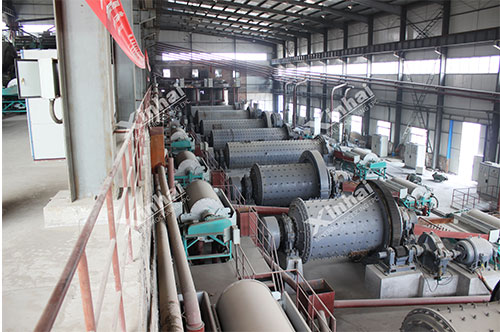
07How to Choose the Right Ball Mill for Your Gold Plant
BackSelecting the appropriate ball mill ensures cost efficiency and optimal gold recovery. Consider these factors:
1. Ore Characteristics
Soft ores may require shorter grinding time, while hard quartz-type ores need more robust mills.
2. Processing Method
Gravity and flotation circuits favor wet ball mills.
Heap leaching circuits may use dry mills for pre-treatment.
3. Capacity Requirements
For large gold plants, continuous or overflow-type mills are ideal.
For small-scale miners, compact energy-saving mills are more practical.
4. Liner Material
Rubber liners reduce noise and wear, while manganese steel liners last longer under impact.
5. Motor Power
Higher torque is required for large-capacity or hard-ore operations. Energy-saving motors can significantly reduce electricity costs.
08Maintenance and Operation Tips
BackTo ensure continuous, high-efficiency grinding, proper maintenance is essential:
Regular Lubrication: Reduces wear on gears and bearings.
Check Ball Load: Maintain optimal media filling ratio for efficiency.
Inspect Liners: Replace worn liners to maintain grinding performance.
Balance Feeding and Discharge: Avoid overloading or uneven flow.
Monitor Vibration and Noise: Early signs of imbalance or mechanical faults.
Routine maintenance not only prevents downtime but also extends the life of the mill.
09Advantages of Using Ball Mills in Gold Mining
Back| Benefit | Description |
|---|---|
| Efficient Size Reduction | Achieves uniform fineness critical for gold recovery. |
| Versatility | Works for both wet and dry grinding circuits. |
| Durability | Designed to handle abrasive gold-bearing ores. |
| Energy Efficiency | Advanced models save up to 30% power. |
| Cost-Effectiveness | Long service life with minimal replacement parts. |
Modern ball mills combine reliability and efficiency, helping miners maximize throughput and recovery while keeping operating costs low.
10Common Issues and Solutions
Back| Problem | Cause | Solution |
|---|---|---|
| Low Grinding Efficiency | Incorrect ball size or filling rate | Adjust media composition and ratio |
| Excessive Noise | Liner wear or imbalance | Replace liners, check rotation balance |
| Uneven Discharge | Classifier malfunction | Clean or repair classifier system |
| Overheating Bearings | Poor lubrication | Check oil levels and temperature |
Proactive monitoring and regular inspection are key to preventing downtime in gold grinding operations.
11Integration with Other Gold Processing Equipment
BackBall mills are typically combined with:
Jaw Crushers for primary size reduction
Spiral Classifiers or Hydrocyclones for classification
Flotation Cells for gold-bearing sulfide recovery
Thickeners and Leaching Tanks for further gold extraction
This modular setup allows flexibility for different ore types and production capacities.
12Conclusion
BackThe ball mill for gold mining remains a cornerstone of modern gold processing. From small artisanal plants to industrial-scale operations, it ensures that gold is efficiently liberated and recovered. Its reliability, adaptability, and energy efficiency make it an essential part of every gold beneficiation circuit.
If you are planning to build or upgrade a gold processing plant, choosing the right ball mill can greatly enhance productivity and reduce operational costs.
 +86 183 3575 8886
+86 183 3575 8886 pinklaurabao@gmail.com
pinklaurabao@gmail.com



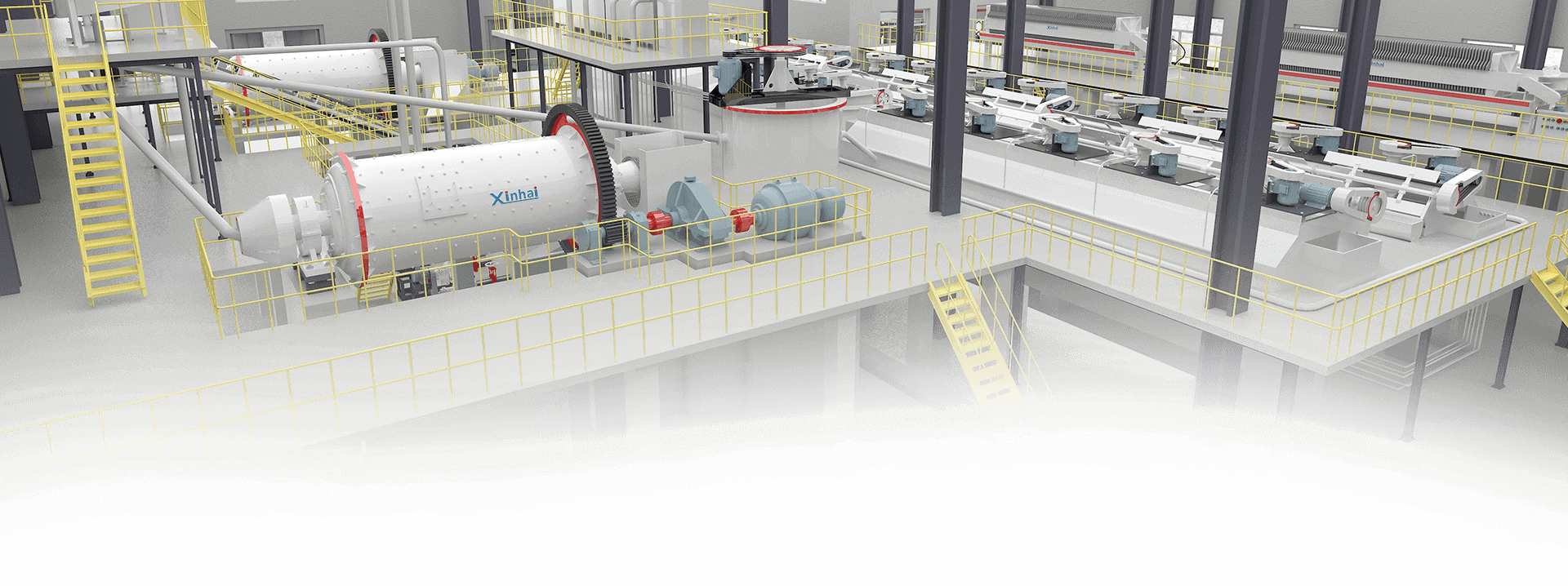
 Sheena
Sheena Oct 25, 2025
Oct 25, 2025 512
512 Message
Message Chat Now
Chat Now


